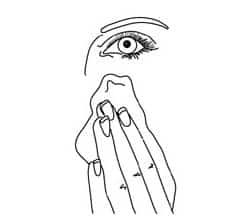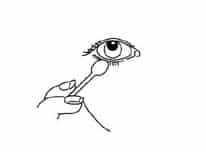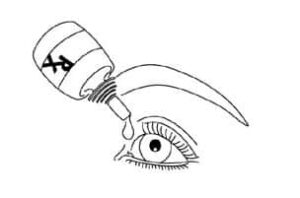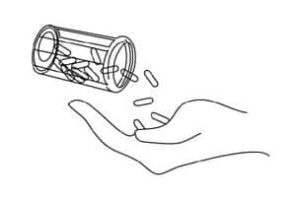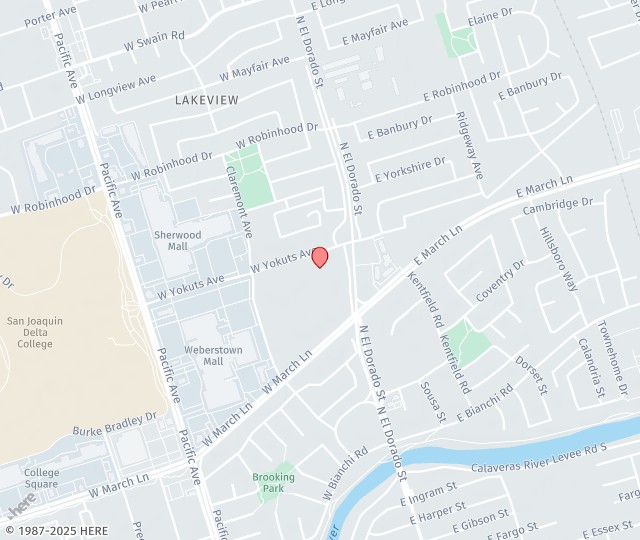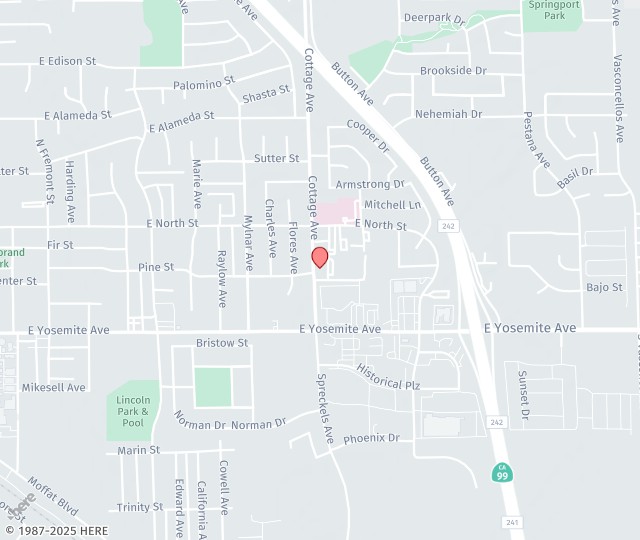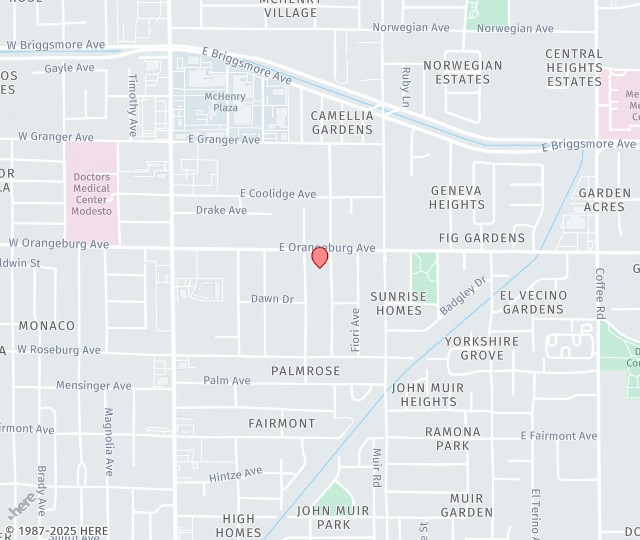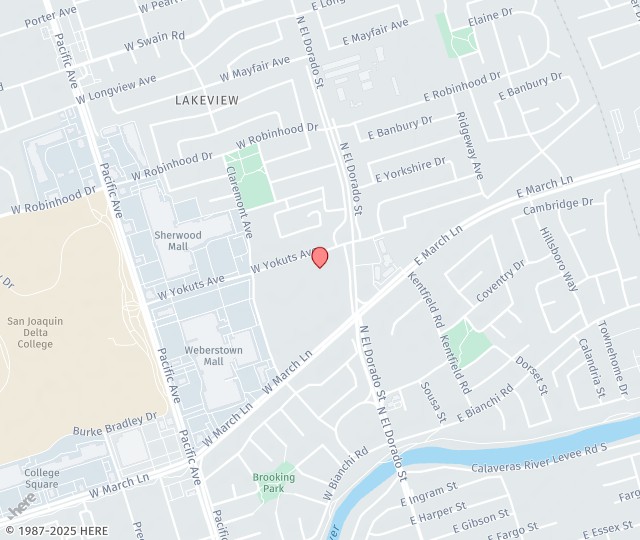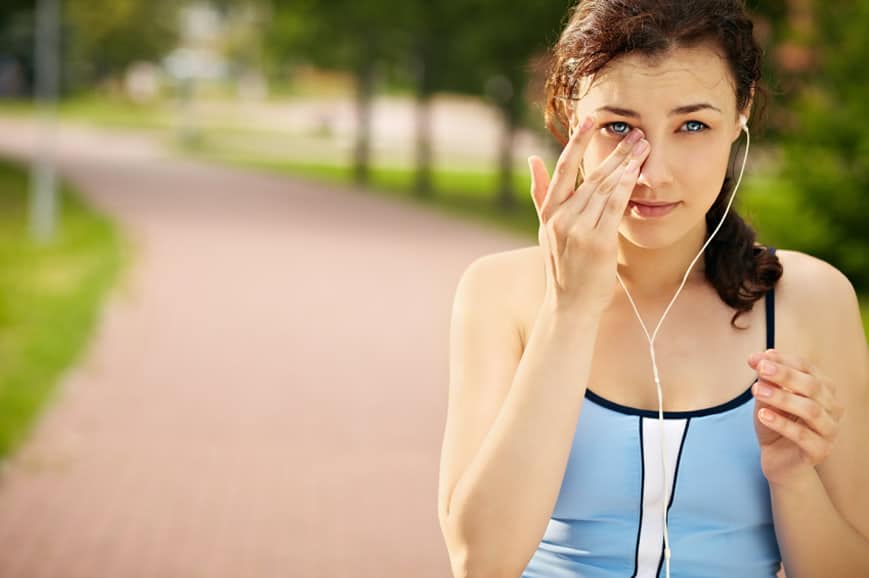
Blepharitis means inflammation of the eyelids. Some doctors call it granulated eyelids. Almost everyone gets blepharitis at some time in his or her life. Some people get it repeatedly. Fortunately, blepharitis is relatively easy to treat.
SCHEDULE AN APPOINTMENT
If you would like to learn more about Dry Eye Treatment in Stockton, Modesto, & Manteca, CA call +1 (800) 244-9907 to make an appointment at Central Valley Eye Medical Group.
FAQ
Staphylococcus blepharitis is caused by a germ called Staphylococci, commonly known as “staph.” It often begins in childhood and continues throughout adulthood. This form of the condition results in collar scales on lashes, crusting, and chronic redness at the lid margin. Dilated blood vessels, loss of lashes, sties, and chalazia (nodules on the eyelids) also occur.
Seborrhea blepharitis is the most common and least severe form of this condition. It is not an infection but is caused by improper function of the oil glands, which causes greasy, waxy scales to accumulate along the eyelid margins. Seborrhea may be a part of an overall skin disorder that affects other areas. Hormones, nutrition, general physical condition and stress are factors in seborrhea.
Ulcerative blepharitis is a less common but more severe condition that may be characterized by matted, hard crusts around the eyelashes, which, when removed, leave small sores that may bleed or ooze. There may also be a loss of eyelashes, distortion of the front edges of the eyelids and chronic tearing.
In severe cases, the cornea, the transparent covering of the front of the eyeball, may also become inflamed.
Blepharitis needs to be treated to prevent worsening to the abovementioned complications such as conjunctivitis or chronic dry eye syndrome. If the symptoms of blepharitis persist or recur frequently, it is important to schedule an appointment with an ophthalmologist. It is not difficult to diagnose blepharitis without the need for complicated tests. We can usually diagnose this condition based on symptoms and observation of the eyelid. To resolve persistent eye irritation, contact Central Valley Eye for a full consultation and examination.
Anyone who has persistent or recurring symptoms such as a gritty or foreign body sensation, blurry vision, dry eyes, burning, stinging, or watering, should see an ophthalmologist for a full eye exam. This eye specialist can diagnose blepharitis by observing the eyelid area and evaluating the tear film.
There are two types of blepharitis, anterior and posterior. Anterior blepharitis is the condition in which symptoms stem from inflammation affecting the outer part of the eyelid near the base of the eyelashes. Microscopic mites, viruses, and bacteria are common causes of anterior blepharitis. This condition can often be treated with thorough, gentle cleaning of the eyelid around the eyelashes. In some cases, medication may be needed to eradicate bacteria. Posterior blepharitis affects the inner area of the eyelid where this tissue meets the eyeball. It is often related to meibomian gland dysfunction that affects tear production.
The treatments that we administer to reduce the symptoms of blepharitis are considered safe and effective for most patients. Before showing patients how to clean their eyelash area using warm compresses, we perform a thorough examination of the eyes to determine the extent of blepharitis and its potential cause. If antibiotics are needed to fully eradicate bacteria, there may be a slight risk of stomach upset for some patients.
In addition to eliminating redness and soreness, treatment can prevent potential infection and scarring of the cornea. Your doctor will perform a complete eye examination to determine the most effective treatment.
Cleaning
Usually, blepharitis can be controlled by careful, daily cleaning of the eyelashes. You can do this by moistening a clean washcloth with tap water as warm as you can stand without burning. Hold the washcloth against the eyelids until it cools, then rewarm and repeat for five to ten minutes.
After soaking, scrub each eyelid gently for one minute using a clean washcloth wrapped around your index finger and moistened with warm tap water. Cotton-tipped applicators, like Q-tips, are also useful to remove accumulated material from the eyelashes.
To remove excessive amounts of material from your eyelids, use a few drops of a non-irritating shampoo, such as baby shampoo, mixed in lukewarm water. Being careful to avoid getting shampoo in your eye, scrub back and forth along the eyelashes of all eyelids, and then rinse with plain tap water. Once the redness and soreness are under control, this cleaning may be decreased from daily to twice weekly. However, if the symptoms return, return to daily cleansing immediately.
Medication
In some cases, your doctor may prescribe eye drops or ointment to be used along with the daily cleansing regimen. For ointments, use a clean fingertip to rub a small amount into the eyelashes. Be careful to follow recommended dosages; excess medication will cause temporary blurring of vision. And with any medication, there is a small possibility of allergy or other reaction. If you think this is happening, stop the medication and contact your doctor immediately.
For certain types of blepharitis, medications taken by mouth are helpful. Most of these medications are antibiotics that also improve or alter the oil composition of the eyelid oil glands. When taken properly, they are safe. However, side effects may occur in some individuals, including skin rash, slight nausea and increased sensitivity to sun.
Although medications may help control the symptoms of blepharitis, they alone are not sufficient; keeping the eyelids clean is essential.
If you think you may have blepharitis, your eye doctor can determine the cause and recommend the right combination of treatment specifically for you.
Patients do not need to schedule time off to recover from blepharitis treatment. In most cases, the eyes feel soothed after warm compresses are used to clean debris and bacteria away from the lash line
People who are prone to blepharitis can reduce their chances of periodic flare ups by practicing strict eye hygiene. Flare ups may be reduced by washing hands several times a day and being careful not to touch the eye area without washing the hands first. Patients should wash makeup off daily using clean towels and gentle soap. Warm compresses may be applied to the eyes regularly, as well, to help loosen debris around the eyelashes.
Schedule your Blepharitis treatment at Central Valley Eye!
To learn more about Blepharitis or to determine whether you are a candidate for treatment, please schedule a personalized consultation with one of our top doctors today! Call +1 (209) 239-5303 or fill out the Consultation Request Form on this page. Central Valley Eye looks forward to serving you!

